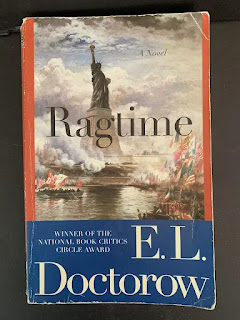The ‘50s revivalism in the 1970s felt insincere, almost a parody. Pompadours, poodle skirts, Thunderbird convertibles and carhops on roller skates. Grease. Sha Na Na. Happy Days. Lame pastiches like Loggins and Messina’s Your Mama Don’t Dance and Elton John’s Crocodile Rock. The Carpenters’ maudlin doo-wop tribute Yesterday Once More.
But trends come and go and as the sun began to rise over
Reagan’s America came the inevitable ‘60s revival.
Tie-dye came back into fashion. The improbable return of Monkeemania.
Soap operas about photogenic upwardly mobile ‘60s survivors like The Big
Chill (and its subsequent two-volume soundtrack), Thirtysomething
and Almost Grown (and the much more realistic Return of the Secaucus
7). Career encores for John Fogerty and Dennis Hopper.
One aspect of the revival that’s relevant this month was the introduction of Nick at Nite. Older TV shows could always be found on television, mostly on independent stations and scattered throughout the morning or afternoon – I always associated I Love Lucy with sick days from school since it aired weekdays at 9 a.m. In July 1984, Nickelodeon borrowed the oldies radio strategy and launched Nick at Nite: block programming of old television programs, focused mostly on sitcoms.
Watching Hazel or Mister Ed from an adult’s
perspective didn’t improve them much and your attention was bound to wander
during the hour-long Route 66 but having all these old shows bundled
together without having to change the channel was a novel concept for its time.
If My Three Sons wasn’t your thing, stick around for Car 54 Where Are
You. Or the occasional obscurity like Camp Runamuck or Lancelot
Link.
As cable TV gained footing, and in desperate need of
content, WTBS and the USA Network went the same route and programmed Saturday afternoon marathons of ‘60s adventure programs, like The Wild, Wild West, I Spy, Outer Limits and The Man From U.N.C.L.E., often with commentary from the shows’ original casts.You could fall asleep watching the marathons, dreams narrated by the jazzy banter of Kelly Robinson and Alexander Scott, James West fighting off ants with human faces, Ilya Kuryakin morphing into the scientist with six fingers and the overgrown cranium.Today, of course, all this stuff is readily available online. What’s missing is the kick of nostalgia and the thrill of rediscovery that was a big part of the ‘60s revival.


